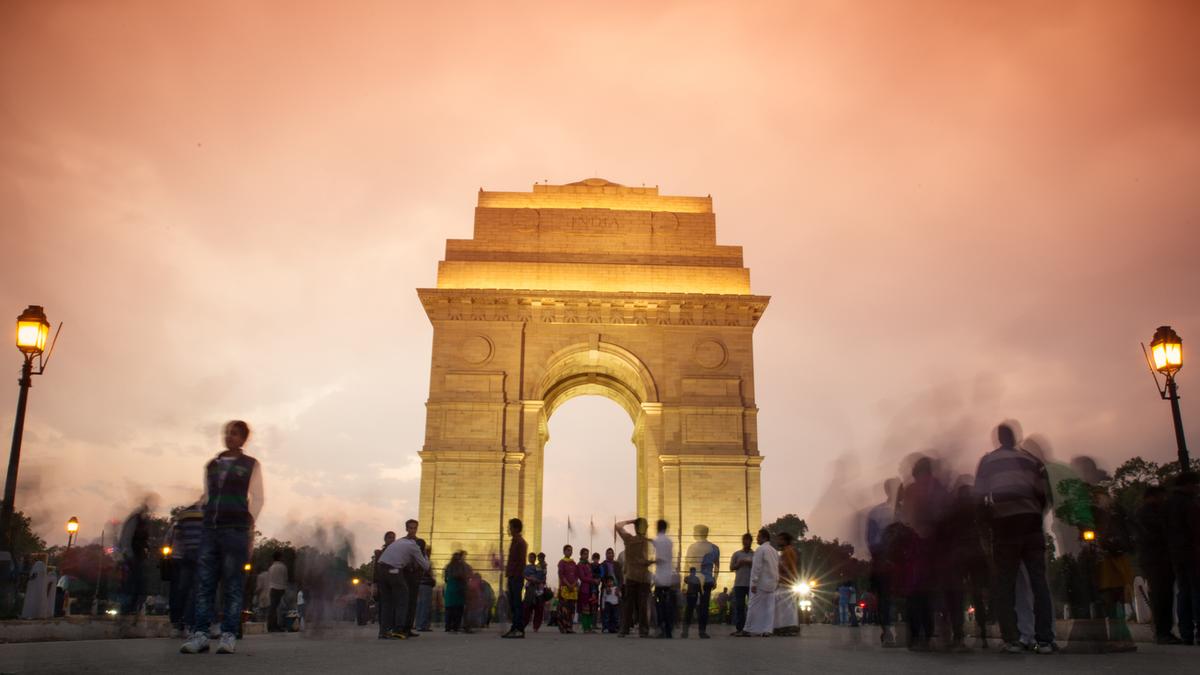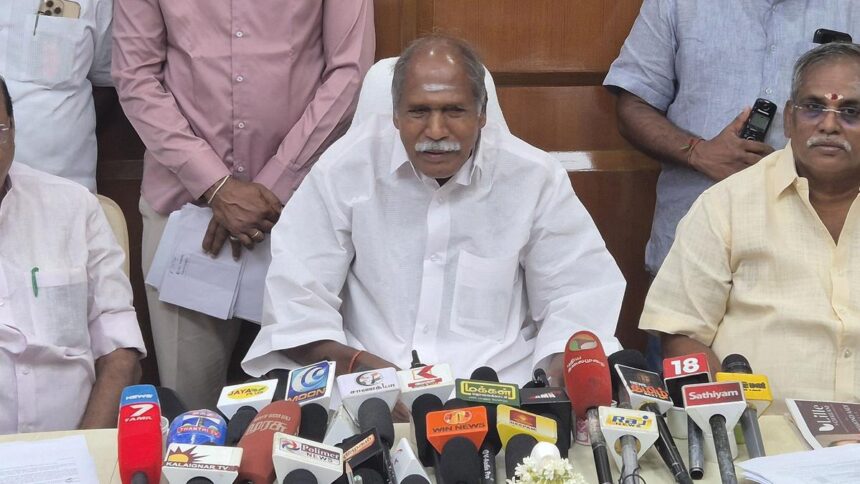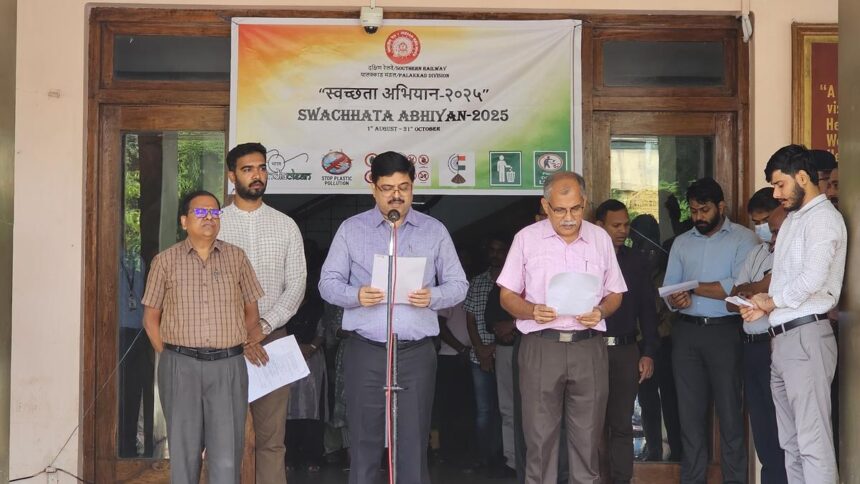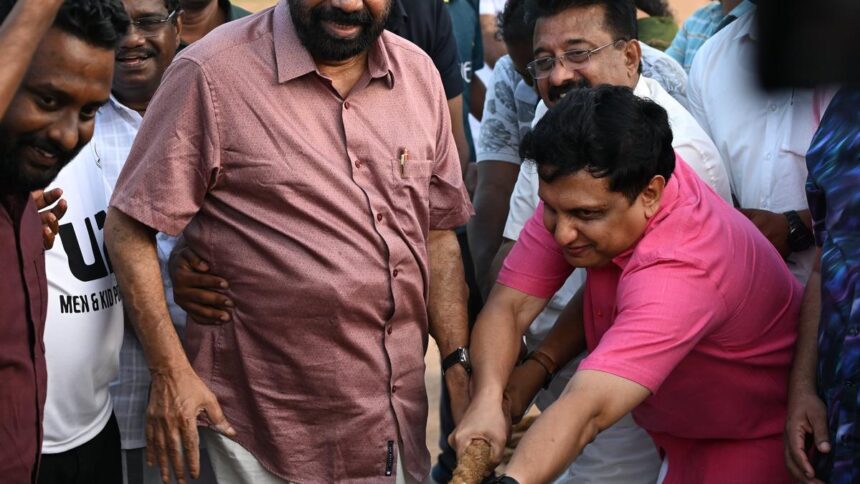The city of Delhi evokes unease. Its skies are noxious; its politics, vile. Its breath is putrid. Uncouth people run the bureaucracy, sit behind shop counters, and drive their SUVs with mindless, brutal speed, using language that is filthy and whiskey-slurred.
Everything about the city evokes a frantic need to escape it. Stereotypes proliferate, like the amaltas bursting forth in vulgar yellow in summer. But even the trees, of which there are many — neem, fig, jamun, gulmohar — are unable to redeem Delhi. It remains, in memory, in conversation, and in comparison to that city by the sea, Mumbai, unloved.

Minarets and memories
To me, Delhi is home. I grew up in a neighbourhood flecked with the tattered minarets of the Khilji dynasty. I was fascinated by the one closest to my house – Chor Minar, a cylindrical minaret riddled with holes that once held the decapitated heads of thieves, or of the Mongols who raided the Delhi Sultanate in the 13th century. Alauddin Khilji, ruler of the Sultanate, was an insatiable collector of heads. As a child, I played with my friends in the circular park around the minaret, and even climbed its spiral stairway to reach its uneven roof. Years later, across continents, my wistful adult gaze caught the delightful incongruity of a Frisbee or shuttlecock severing the air around the once-terrifying minaret, reducing it to a picturesque backdrop.

In both my novels, Stillborn Season (2018) and Of Mothers and Other Perishables (2024), I depict these incongruities in a bid to capture moments of my childhood. The minarets I once knew as mute props now emerge as protagonists in the Delhi I reclaim through fiction. Other beloved landmarks — coffee shops, my convent school in Chanakyapuri, the pillared corridors of Connaught Place — materialise with imprecise details in my narratives.
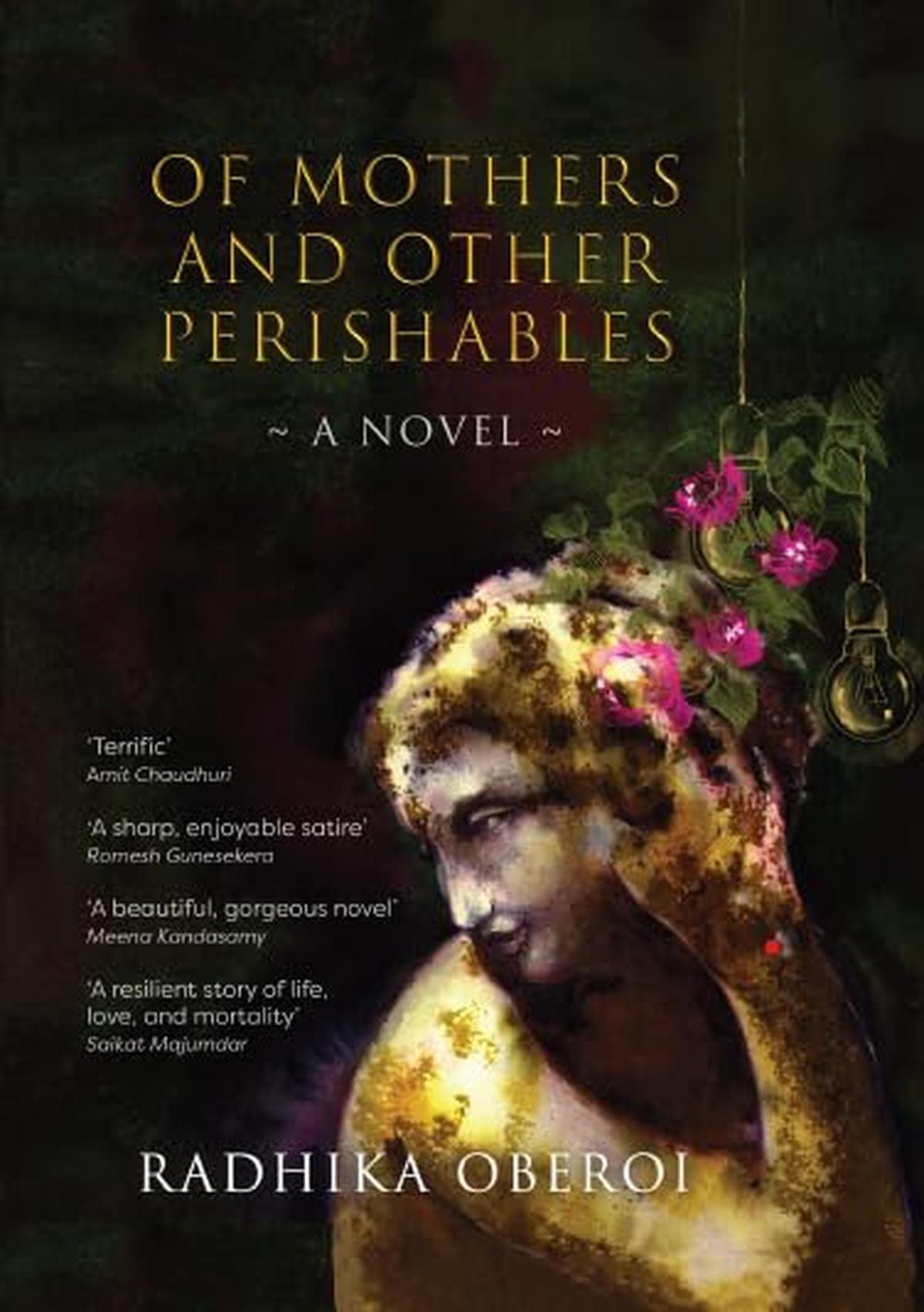
In Of Mothers and Other Perishables, a dead mother, one of the novel’s narrators, resurrects her time in the world. She recalls sipping Cona coffee with her future husband at United Coffee House. It is 1974; she has only just met him at a play, Sultan Razia, performed for the first time at Purana Qila. A smidgen of local history seeps into my storytelling, shaping its contours, warming its blood, birthing its characters.
Scams, slogans and sitars
Recent novels set in Delhi portray a corrupt, polluted metropolis teeming with caricatures. I’d rather not name these works that attempt damning indictments, only to create cardboard fictions. For you have to know a place well enough to damn it with eloquence. A novelist who does immediately spring to mind, though, is Arundhati Roy. To mention her in a piece about Delhi, about writing Delhi, is inevitable, and necessary.
In her novel The Ministry of Utmost Happiness (2017), Roy, builder of irrepressible cities, throws open the Delhi of the hijras who live on its fringes. Shahjahanabad, or Old Delhi, appears as a cacophonous ghetto, its air rippling with prayers emanating from its dargahs, its streets crowded with vendors, cripples, and obese goats destined for slaughter on Eid. New Delhi, the capital, less flamboyant than the older parts, is where “Grey flyovers snaked out of her Medusa skull, tangling and untangling under the yellow sodium haze.”
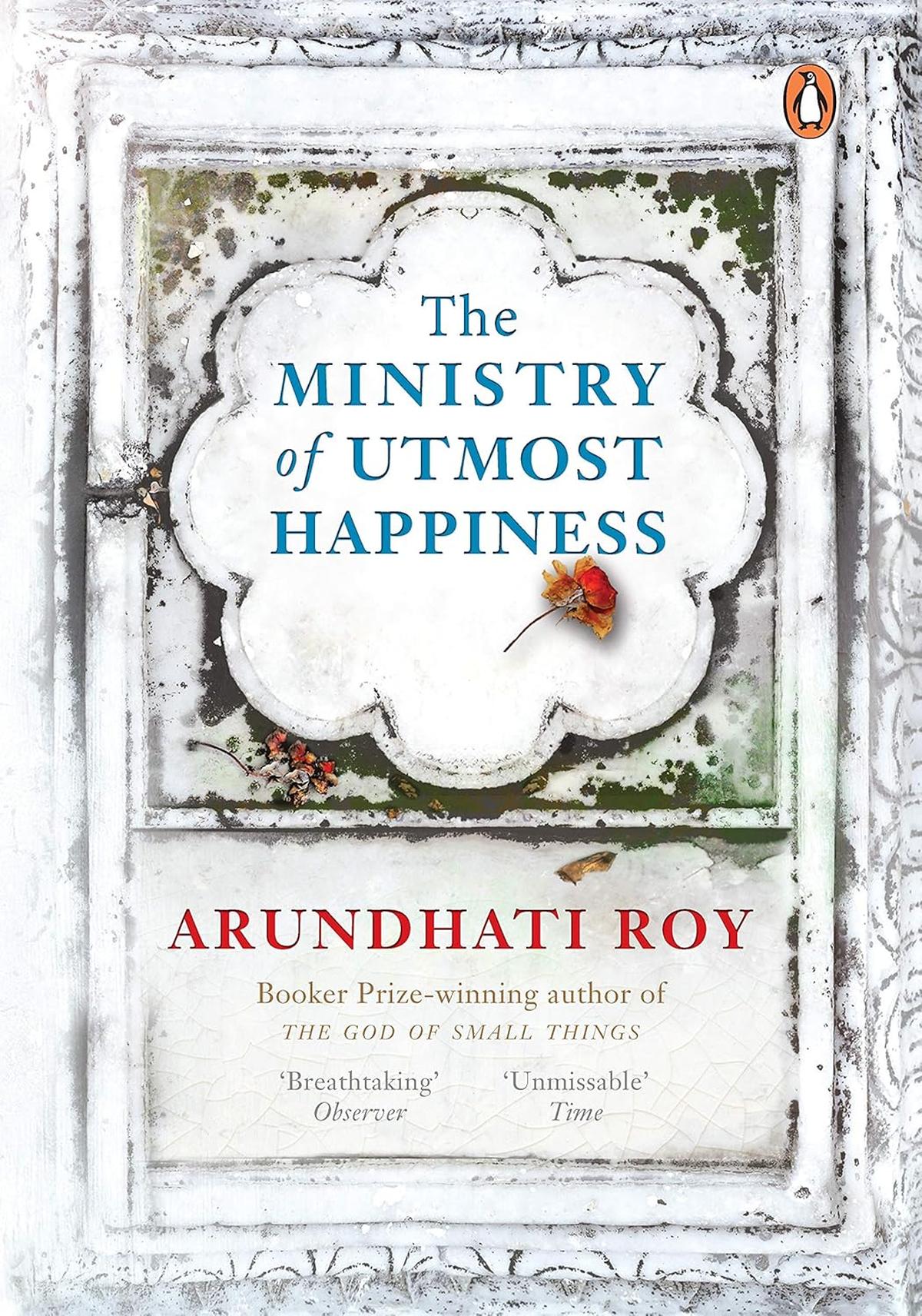
Roy’s Delhi, where the amaltas “…reached up and whispered to the hot brown sky, Fuck You,” is a hectic city, an ancient city, a dispossessed city, a city of scams, a city of slogans and sloganeers. A new anthology, Basti & Durbar: Delhi-New Delhi: A City in Stories (2025), is a soulful exposition of the many Delhis that exist, simultaneously, or piled upon the ruins of erstwhile Delhis. In the introduction, writer and editor Rakhshanda Jalil poses a few questions: “Is the city central, or peripheral, to the writer’s concerns? Can the ‘spirit’ of Delhi, the sum total of its disparate and disarming parts, ever really be captured in words?”
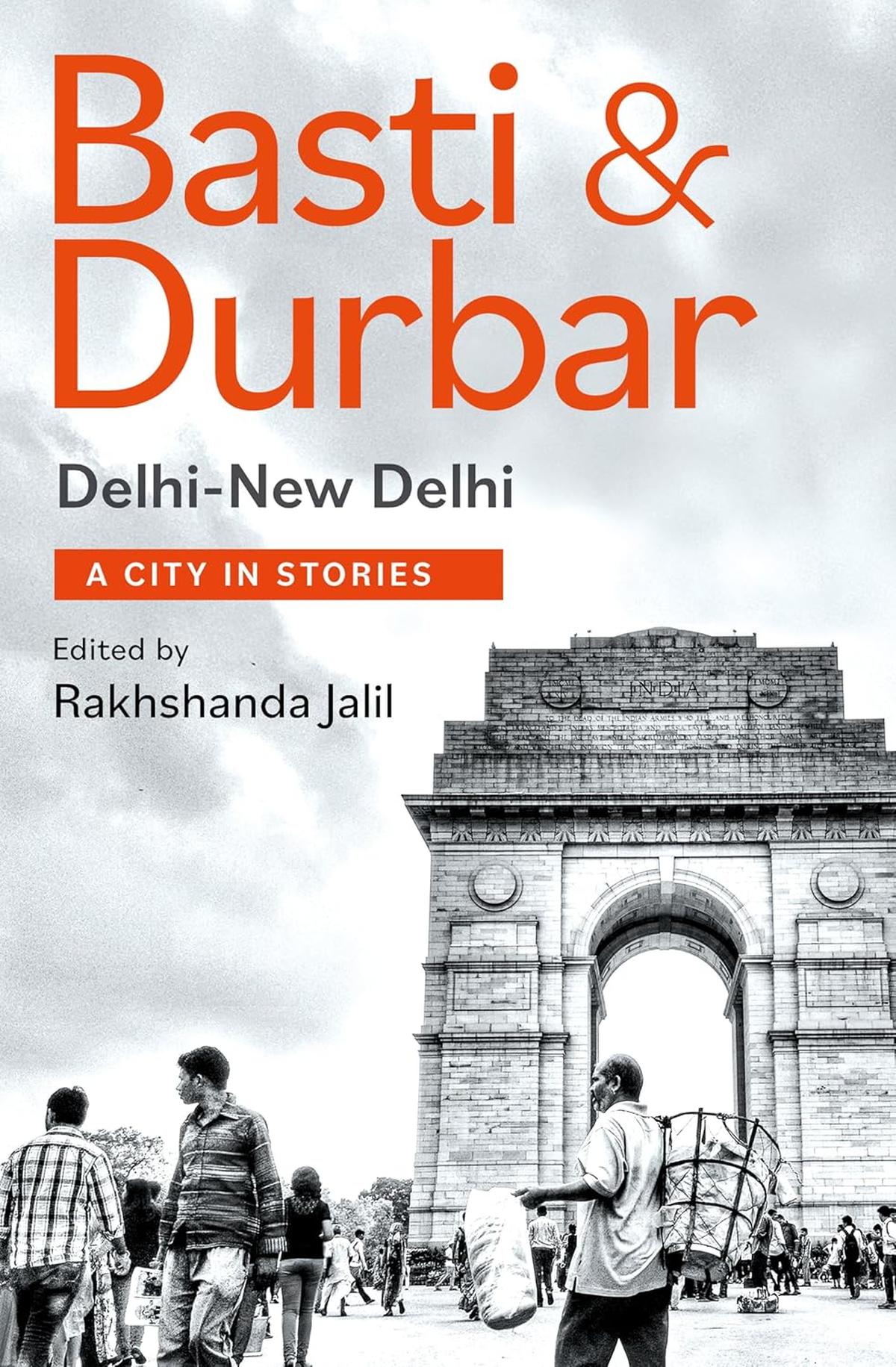
The 32 narratives that follow demonstrate that the elusive ‘spirit’ of Delhi can, indeed, be conveyed in words. The selection includes a translated excerpt from Mohan Rakesh’s Hindi novel, Andhere Band Kamre (1961). Titled ‘Ibadat Ali’s Haveli in Qassabpura: Two Episodes, Many Years Apart’, the excerpt tells of a dilapidated house in the Muslim neighbourhood of Qassabpura, where the narrator, living as a tenant in a rat-infested room, hears the sound of a sitar playing at night. Old Ibadat Ali, owner of the house, which has been taken over by Hindu tenants, sometimes plays his sitar, briefly reinstating the dignity and grandeur of the quarters.
From love to literature
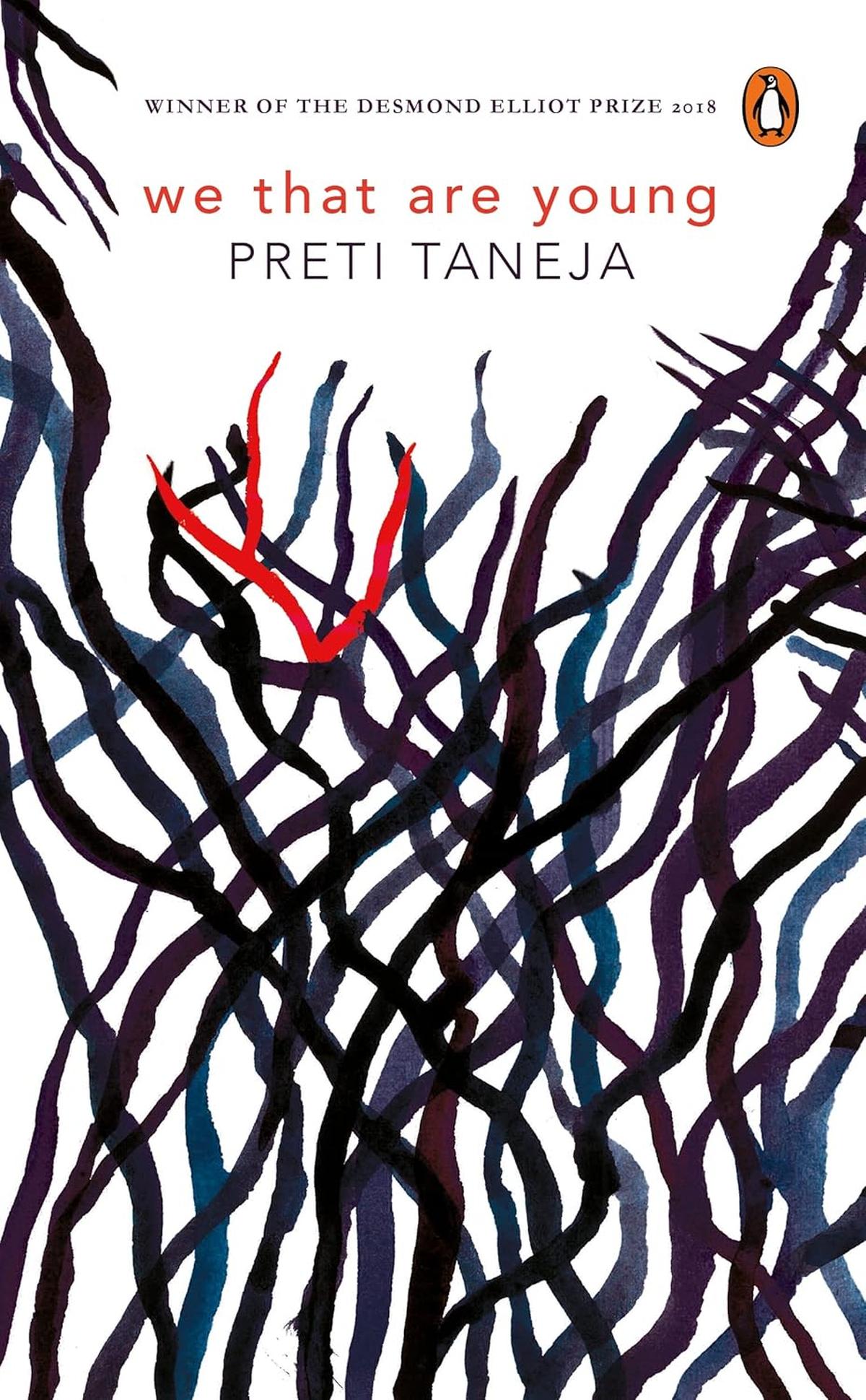
The stories that, to me, truly represent Delhi are the ones that linger on ephemeral moments of beauty or heroism or love. Preti Taneja’s novel We That Are Young (2017) reimagines William Shakespeare’s King Lear through the lives of a dynastic business family that lives and conspires in the Farm, in New Delhi. The family also runs the Company, a conglomerate of coffee shops, luxury hotels, and pashmina shawl businesses. Even as the sky swoons and grand tragedies unfold, the narrative offers the unexpected tenderness of a poetry launch at a bookstore in Hauz Khas Village. It is here that Jeet, one of the novel’s characters, meets his homosexual lover Vik.
Delhi is a place of amorous encounters — romance in public parks, sex for a fee on G.B. Road. Sujit Saraf’s 2008 novel, The Peacock Throne, excerpted in Basti & Durbar as ‘An Election Meeting in Chandni Chowk’, is a subversive account of a Women’s Day function organised by the prostitutes of G.B. Road.
It is a sensual city, this Delhi; a resilient city, a city of whores, eunuchs, and coiffed rummy players at the Gymkhana Club. And because it is unloved by those who live in its neighbourhoods and study at its universities, it becomes the stuff of literature.
The writer is the author of two critically-acclaimed novels.
Published – July 18, 2025 07:48 am IST







